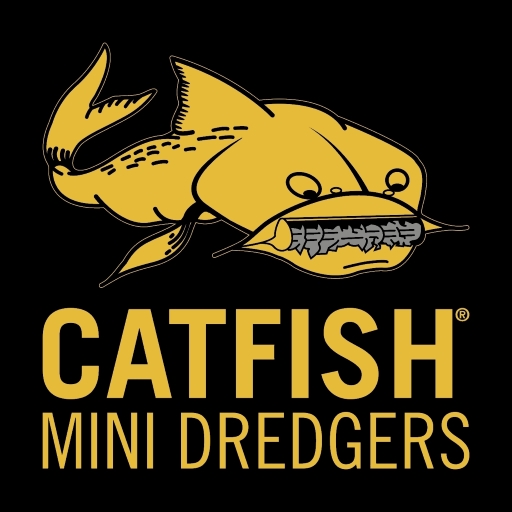Q: Do you have branch in other states?
A: No we don’t. However, we operate Australia wide.
Q: What type of dredging services do you provide?
A: We provide dredging equipment only hire/lease and full dredging services. In dredging equipment only hire/lease, our qualified personnel will attend the site to assist in commissioning the dredger and training local personnel in dredger operation and maintenance (minor). In full dredging service, our qualified personnel will perform the dredging operation. We have several types of dredger that are suitable for various work sites such as tailing pond, wastewater pond, dam, and marina.
Q: What are the types of dredger that you have?
A: We have manned (on-board operation) and remote controlled dredgers. These dredgers are equipped with cutter suction head and submersible pumps.
Q: What type of materials can the dredgers move?
A: Our dredgers can move materials such as bio-solids, silts, slimes, and sands (including light mineral sands)
Q: What do you do to the dredgers to prevent damage to pond’s liner during dredging operation?
A: To prevent damage to pond’s liner during dredging operation:
our cutter head dredgers can be fitted with liner protection wheels. These wheels raise the cutter head by approx. 100 – 200 mm from ground level.
- Our submersible pump dredgers can be fitted with a skid/ski. This skid/ski raises the suction inlet by approx. 300 mm from ground level.
Q: How far can your dredgers pump?
A: The pumping distance depends on the type of dredger and material to be pumped. In general, our dredgers can pump up to 200 metres horizontal.
Q: What is the information that I need to supply so that you can provide a quote?
A: In order for us to prepare a quote, you need to supply the following information where available:
- The location where the dredger will be utilised (e.g. mine site, water or wastewater pond, marina, etc.)
- Site plan detailing site features, dredging area and designated spoil management area
- Target dredging depth
- Type of material to be dredged and its physical/chemical properties (particularly density or specific gravity)
- Distance from water level to the surface of material to be dredged
- Pumping distance (that is furthest distance from dredging area to designated spoil management area)
- Any rise and fall in surface contour over the pumping distance
- If pumping distance required is significant and cannot be covered by single pump on the dredger, booster pump along the discharge line is required. The provision of such booster pump needs to be clarified
- Accessories required to be installed or present on dredger
- Plan for dredged material management
- Dredger operators and consumables arrangement.
- Meals and accommodation arrangement for operators (including travel to site)
